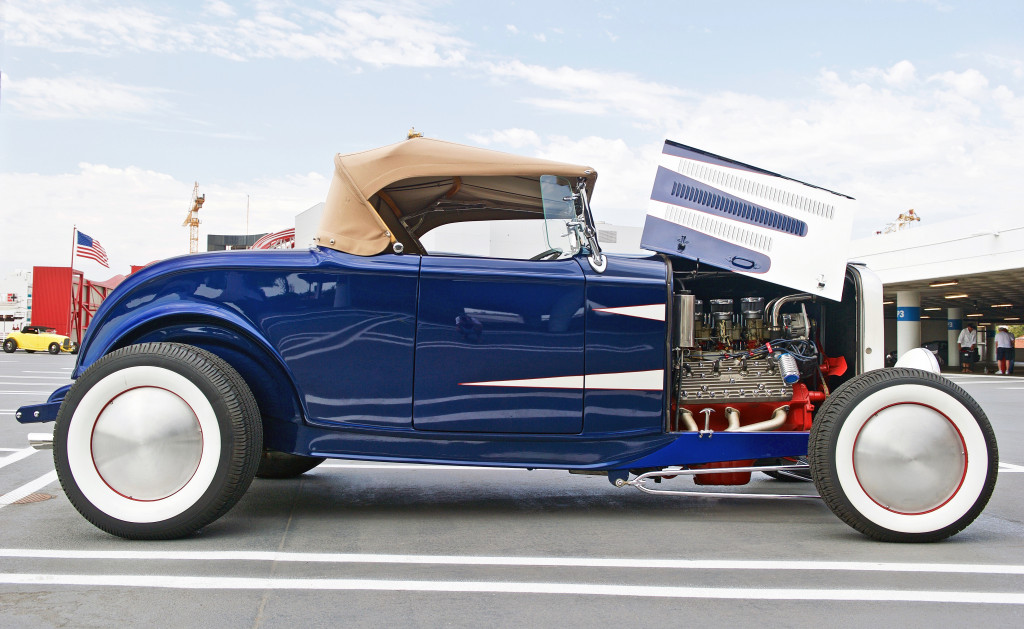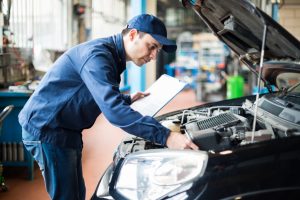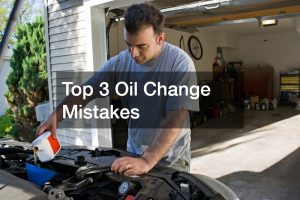- Restoring a classic car can be daunting, but it can be gratifying with proper tools, knowledge, and patience.
- Finding the right car to restore is essential; it should have good aftermarket support and a strong following.
- Before starting a restoration project, it is crucial to establish a budget, timeline, and workspace.
- In the restoration process, sandblasting, priming, powder coating, as well as bodywork are vital steps.
- To keep the restored car in good condition, testing and adjusting it to ensure it runs appropriately is crucial.
For many car enthusiasts, a classic car represents a vehicle and a piece of history. Restoring an old car to its former glory can be an enriching experience, but it can also be a daunting task to undertake.
Owning a classic car is a dream for many car enthusiasts, but restoring it to its former glory can be overwhelming. However, the right tools, knowledge, and patience can transform an old car into a head-turning beauty. In this blog post, we will take you through restoring a classic car from start to finish, including the pre-process, in-process, and post-process steps.
This blog post will explore transforming an old car into a head-turning beauty. From finding the right vehicle to selecting the perfect paint color, we’ll cover everything you need to know to get started on your car restoration journey.
Finding the Right Car
The first step in any car restoration project is finding the right car to restore. There are a few factors to consider when choosing an old car for restoration. First, you’ll want to find a car worth restoring, which means finding a car that has a solid following and will likely appreciate over time.
Additionally, it would be best to consider the condition of the car’s body, engine, and interior and its availability of spare parts. Vintage cars can be challenging to find parts for, so choosing a model with good aftermarket support is essential.
Pre-Process
Before you start the restoration process, gathering information and creating a plan is essential. This involves researching your car’s history, finding the right parts, and deciding on the final look. You should also establish a budget, timeline, and workspace.
Researching Your Car’s History
First and foremost, it’s essential to research your car’s history to determine its original features, modifications, and any previous restoration work. This information will help you make informed decisions when it comes to buying parts, restoring the car, and preserving its original features.
Finding the Right Parts
Finding the right parts is crucial for a successful restoration project. Vintage cars can be challenging to find parts for, so it’s essential to research and list the parts you need before beginning the project. You can buy original parts from salvage yards or online retailers or opt for aftermarket parts, which are often easier to find.
Deciding on the Final Look
When restoring a classic car, deciding on the final look is a critical step. You can restore the car to its original factory specifications or customize it to your preferences. It’s essential to consider how modifications affect the car’s value and authenticity.
Establishing a Budget, Timeline, and Workspace
Establishing a budget, timeline, and workspace is essential before restoration begins. Restoring a classic car can be time-consuming and costly, so setting realistic goals and timelines is crucial. You may also consider working with a professional restoration shop that can provide expert guidance and support throughout the process.
In-Process
Once you have the necessary information and a plan, it’s time to start the restoration process. These steps will help bring your car back to its original condition before any modifications are made.
Sandblasting
The first step in the restoration process is sandblasting. The sandblasting process removes the car’s paint, rust, and coatings to expose the metal. Sandblasting creates a smooth surface for the primer to adhere to and ensures a long-lasting finish.
Priming
Priming is the foundation of the painting process, and ensuring it adheres correctly is crucial. The primer fills in minor scratches and imperfections and seals the metal. A car’s restoration relies on the quality of the primer used to ensure a smooth and long-lasting finish.
Powder Coating
Powder coating is an electrostatic process of painting that creates a durable and attractive finish. Powder coating, unlike liquid paint, resists chipping, fading, or wearing. This paint process is a popular choice for classic car restoration, as it’s long-lasting and easy to maintain.
Bodywork
Bodywork is often the most significant part of the car restoration process. It involves repairing rusted or damaged metal and replacing parts beyond repair. If the car needs panel work, it might be necessary to make custom panels. This restoration process requires specialized skills such as metal shaping and fabrication.
Paint and Finish
After the car’s metalwork has been repaired or replaced, it’s time to give it a new paint job. Picking the right paint color and finish is critical in bringing your vision to life. You can choose a traditional color or a custom color of your choice. A gloss or satin finish is popular for classic cars, creating an authentic look.
Interior Restoration
The interior restoration involves repairing or replacing seats, carpet, door panels, and dashboard. Make sure you research the materials and colors matching the original interior. Choosing suitable materials is essential to ensure the interior is functional and visually appealing.
Post-Process
After the car has been fully restored, there are a few additional steps to ensure it’s ready for the road.
Testing and Tuning the Car
Once the car is reassembled, testing and tuning it to ensure it runs correctly is essential. This process involves checking the engine and mechanical systems, adjusting the suspension and brakes, and test-driving the car.
Protecting Your Investment
After investing significant time, money, and effort into restoring your classic car, protecting your investment is essential. This involves preventing rust and corrosion, storing the car in a dry and secure location, and maintaining it regularly.

It takes time, patience, and a lot of hard work to transform an old car into a head-turning beauty. However, if you follow the process above and take time, the result will be well worth it. Restoring a classic car is a fulfilling and enjoyable experience that allows you to bring a piece of automotive history back to life. The key is to have fun with the process and to enjoy every step of the journey.












